Research Outcomes: Incredible Impact and Hope
Formerly known as the St. Baldrick’s – Stand Up to Cancer Pediatric Cancer Dream Team, this team is now the St. Baldrick’s EPICC Team (Empowering Pediatric Immunotherapies for Childhood Cancer).
Your generosity makes a difference for children and young adults with cancer. Read on to see a few recent examples of the incredible impact you have on pediatric cancer research.
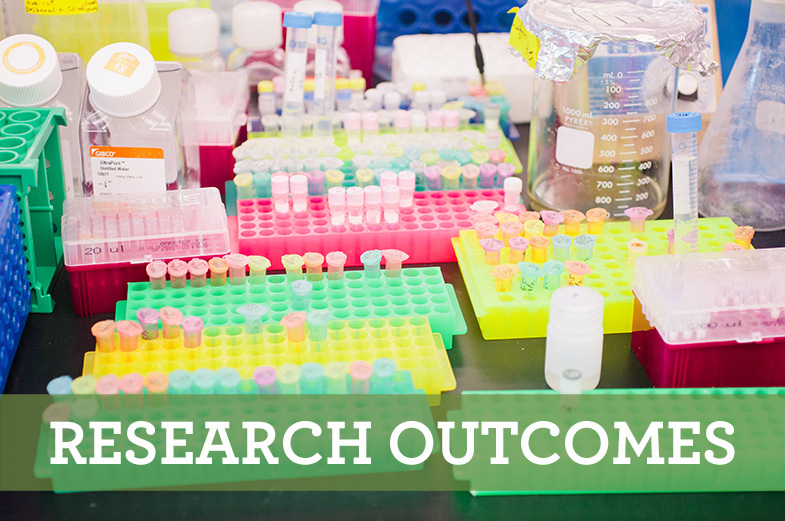
Research Outcomes: Novel Discoveries
The Impact of the Dream Team on Childhood Cancers: A Video
Formerly known as the St. Baldrick’s – Stand Up to Cancer Pediatric Cancer Dream Team, this team is now the St. Baldrick’s EPICC Team (Empowering Pediatric Immunotherapies for Childhood Cancer).
The St. Baldrick’s — Stand Up To Cancer Pediatric Dream Team’s innovative and collaborative approach to science is making huge impacts in the world of childhood cancer research.
Patient Advocates – A Dream Team Video
Formerly known as the St. Baldrick’s – Stand Up to Cancer Pediatric Cancer Dream Team, this team is now the St. Baldrick’s EPICC Team (Empowering Pediatric Immunotherapies for Childhood Cancer).
Patient advocates play a vital role in the St. Baldrick’s — Stand Up To Cancer Pediatric Dream Team.
Patient advocates help to put a face on childhood cancer research. They humanize why the research is so critically important and translate that incredible work into language that’s more easily understood. Many are parents of kids who have fought cancer and one is a survivor herself. All are working to see the day when no family has to endure what they have.
Join us today to #GiveKidsALifetime!
Read more on the St. Baldrick’s blog:
Proud To Be – A Dream Team Video
Formerly known as the St. Baldrick’s – Stand Up to Cancer Pediatric Cancer Dream Team, this team is now the St. Baldrick’s EPICC Team (Empowering Pediatric Immunotherapies for Childhood Cancer).
Researchers and patient advocates are proud to be part of the St. Baldrick’s – Stand Up To Cancer Pediatric Dream Team. Proud to be part of a collaboration to conquer childhood cancers.
The work the Dream Team is doing offers hope to children with cancer and their families and we’re closer than ever to finding cures. Not only has the Dream Team propelled ground-breaking cell therapies for blood cancers, it’s also making great progress towards the tougher challenge – helping kids with solid tumors. St. Baldrick’s supporters can be proud of this work that is already saving lives.
Join us today to #GiveKidsALifetime!
Read more on the St. Baldrick’s blog:
Research Outcomes: Progress from Bench to Bedside
The Dream Team’s Impact – in a Father’s Own Words
Formerly known as the St. Baldrick’s – Stand Up to Cancer Pediatric Cancer Dream Team, this team is now the St. Baldrick’s EPICC Team (Empowering Pediatric Immunotherapies for Childhood Cancer).
What does your support of childhood cancer research really mean? See what Carlos Sandi has to say about what a difference the St. Baldrick’s Foundation and specifically the St. Baldrick’s – Stand Up to Cancer Pediatric Cancer Dream Team, have made to his family.
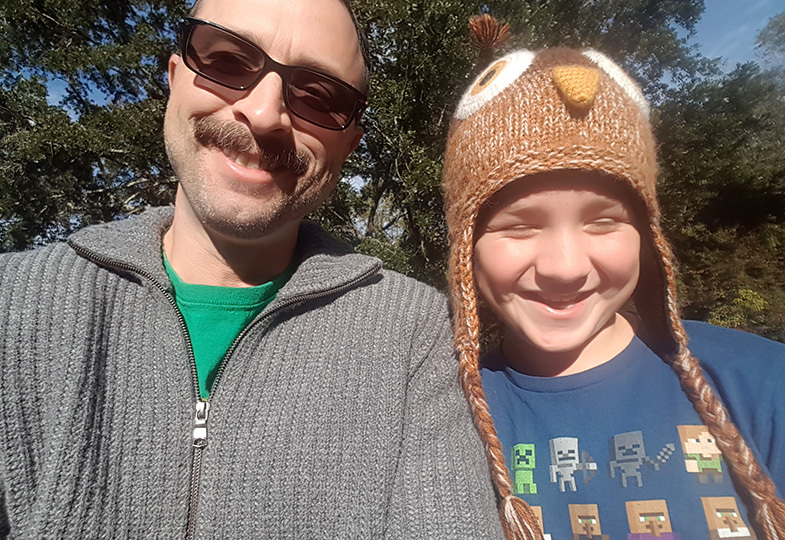
Living Proof That Thanks to The DREAM TEAM… Dreams Do Come True
Formerly known as the St. Baldrick’s – Stand Up to Cancer Pediatric Cancer Dream Team, this team is now the St. Baldrick’s EPICC Team (Empowering Pediatric Immunotherapies for Childhood Cancer).
What do you do when you’ve been told your child has maybe 3 to 6 months to live? As the saying goes, “You get busy living or you get busy dying.” That’s the situation Kim and Jeff Schuetz were put in when their son Austin relapsed not once, but twice after treatment for Acute Lymphoblastic Leukemia (ALL), the most common type of childhood cancer.
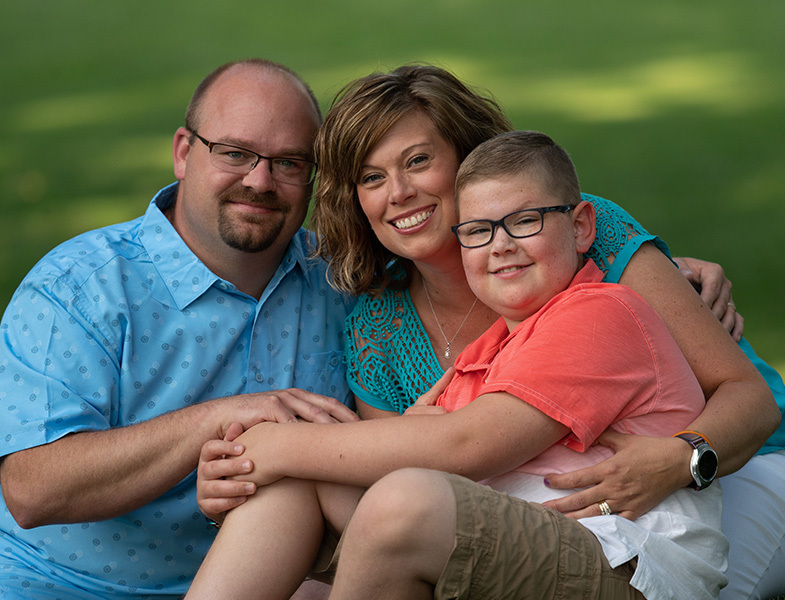
Dream Team News: Progress in a Deadly Pediatric Brain Tumor
Formerly known as the St. Baldrick’s – Stand Up to Cancer Pediatric Cancer Dream Team, this team is now the St. Baldrick’s EPICC Team (Empowering Pediatric Immunotherapies for Childhood Cancer).
The Science of Self Defense
One goal of science and research is to make the impossible, possible. So, what if we could train the body to fight off cancer itself? To ferociously attack what is attacking it. It would be a game changer and that’s exactly the kind of revolutionary research St. Baldrick’s supporters are making possible through the St. Baldrick’s – Stand Up to Cancer Pediatric Dream Team.
One of the Dream Team’s research studies was so important, it was recently featured on the cover of the prestigious scientific journal, Nature Medicine. The article outlines new advances to train immune cells in pediatric patients to target deadly brain tumors known as atypical teratoid/rhabdoid tumors (ATRT tumors). These tumors develop in babies and toddlers, who currently only survive an average of 17 months.
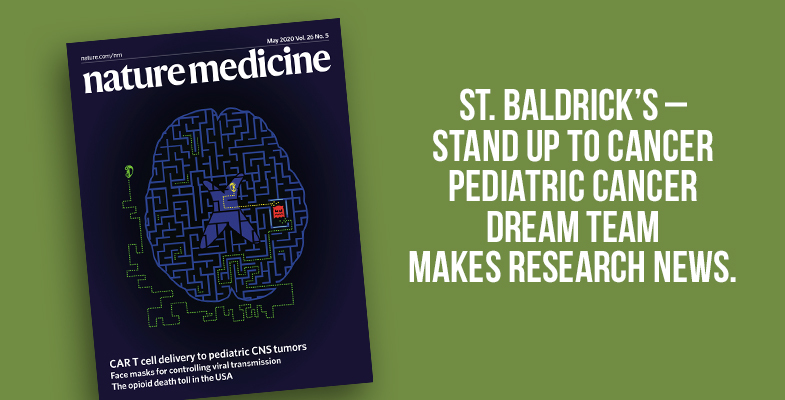
Discoveries that Shift Paradigms with Dr. Poul Sorensen
Formerly known as the St. Baldrick’s – Stand Up to Cancer Pediatric Cancer Dream Team, this team is now the St. Baldrick’s EPICC Team (Empowering Pediatric Immunotherapies for Childhood Cancer).
St. Baldrick’s is all about shifting paradigms. When three men decided to shave heads at their industry’s March 17, 2000 St. Patrick’s Day party, they didn’t set out to change the landscape of childhood cancer research funding. But today the St. Baldrick’s Foundation is the largest non-government funder of childhood cancer research grants.
Twenty years later, the paradigm shifts keep coming, and Poul Sorensen, MD, PhD has been a part of several of them. Last month we joined some very special guests on a visit to his lab at the University of British Columbia, where he is a Professor of Pathology and holds the Johal Endowed Chair in Childhood Cancer Research.
 Dr. Poul Sorensen (right) with his Co-Principal Investigator, Dr. Mads Daugaard (left).
Dr. Poul Sorensen (right) with his Co-Principal Investigator, Dr. Mads Daugaard (left).
Older Posts »


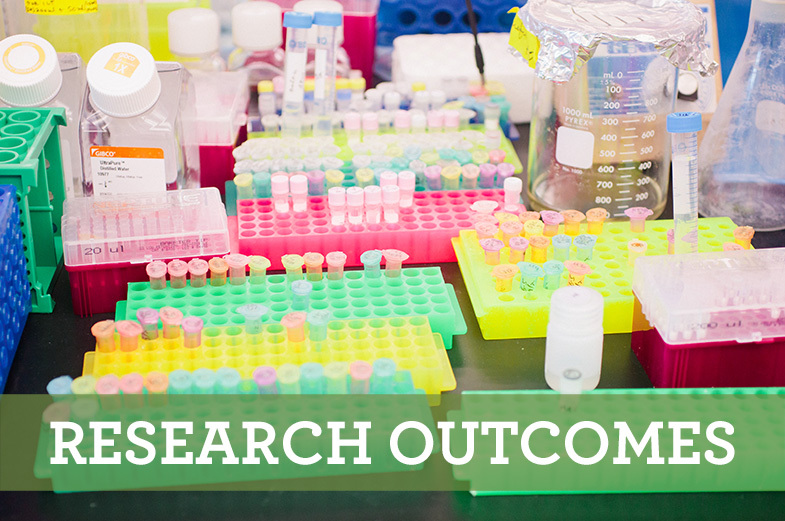
 SBF
Tweets »
SBF
Tweets »